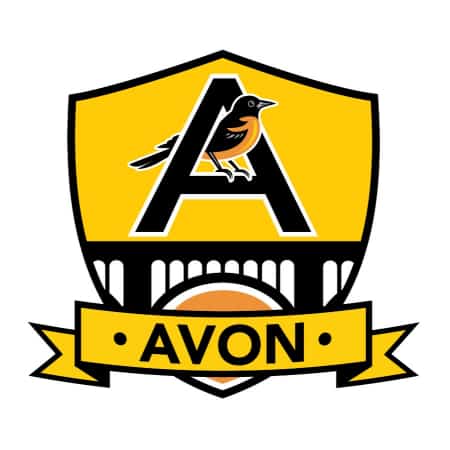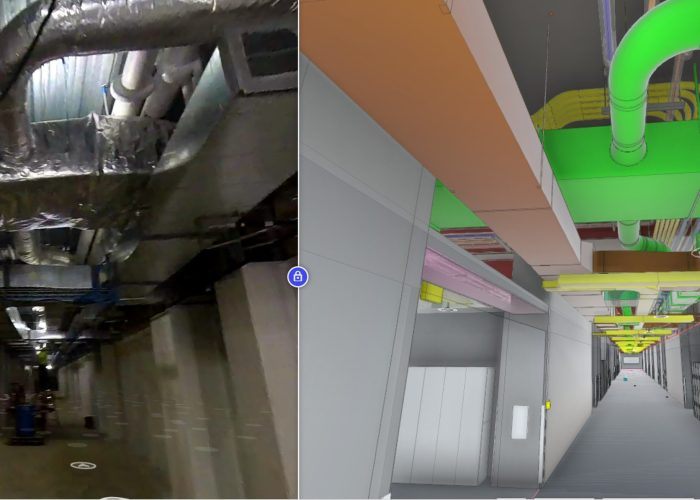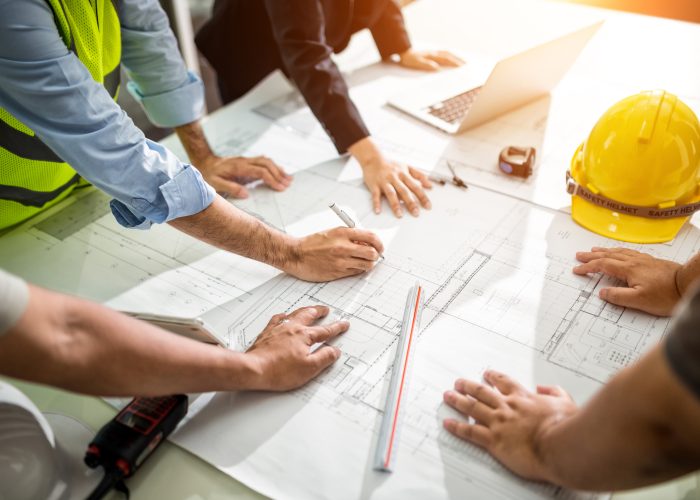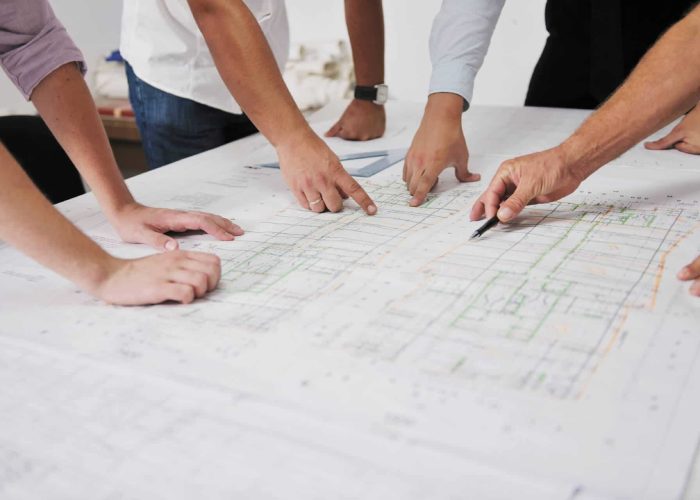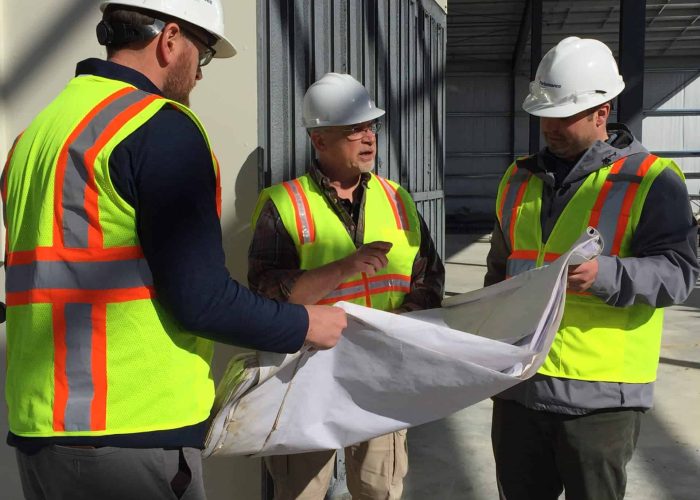Today’s construction projects are more complex than ever, requiring a higher level of coordination and technological integration. Many firms are turning to Virtual Design and Construction (VDC) and Reality Capture to streamline the process. This combination enhances collaboration, improves project accuracy, and reduces risks, leading to better project outcomes. In this article, we’ll explore how design-build leverages the power of VDC and Reality Capture to provide significant owner benefits.
Understanding the VDC Process
What is VDC?
Virtual Design and Construction (VDC) is a project management method that leverages Building Information Modeling (BIM) and advanced digital tools to manage and coordinate all aspects of a design and construction project. VDC goes beyond 3D modeling—it includes planning, cost analysis, scheduling, and collaboration. Its goal is to create a comprehensive virtual representation of a project, allowing stakeholders to review and adjust the design before construction begins.
In a design-build context, where design and construction are unified under one contract and one team, VDC serves as a key driver in ensuring all team members work from the same data, reducing miscommunication and rework. VDC helps to bring key components of the project life cycle together, enhances decision-making, provides a collaborative approach, and helps to identify issues early, allowing teams to deliver projects on time and within budget.
Integrating Reality Capture in VDC
Reality Capture is a process that uses technologies such as 3D LiDAR scanning, drones, and photogrammetry to capture highly accurate, real-time data of physical environments. This data is then integrated into the VDC process to create detailed, up-to-date digital models of existing conditions. By integrating Reality Capture in VDC, design-build teams can work with precise information from the project site, ensuring the virtual model closely mirrors reality.
For example, before starting construction, a LiDAR scan of the existing building is used to generate a detailed 3D BIM model, which can be integrated into the VDC process for further design and analysis, as well as logistical planning of construction phases.
This allows project teams to identify potential issues early, make informed design decisions, and avoid costly mistakes during construction.
Key Benefits of VDC and Reality Capture in Design-Build
Enhanced Collaboration and Communication
Design-build delivery inherently fosters collaboration among team members, unlike the traditional approach where design and construction are handled under separate contracts. By integrating VDC into design-build projects, collaboration between stakeholders is further enhanced. Utilizing real-world data and digital models, architects, engineers, contractors, and clients have access to consistent, real-time information. This alignment reduces misunderstandings and fosters a cohesive effort from start to finish.
Accurate As-Built Models and Risk Mitigation
Reality Capture provides accurate as-built models, giving the design-build team a precise understanding of existing conditions. This level of detail helps teams avoid costly design conflicts, such as clashes between structural elements and building systems. Additionally, VDC’s clash detection tools detect and help resolve issues before construction. When dealing with existing conditions, it’s often challenging to coordinate new components with existing ones and logistics. Analyzing, detecting, and resolving issues before construction starts minimizes risks and prevents project delays.
The combination of VDC and Reality Capture also helps reduce construction risks by allowing teams to simulate different design and construction scenarios based on the actual site conditions. This ensures that any challenges are addressed in the virtual environment rather than in the field, where changes are more expensive and time-consuming.
Improved Forecasting and Cost Control
Utilizing the Virtual Design and Construction process allows for more accurate cost forecasting. With precise data on new and existing conditions, teams can create detailed, real-world-based quantity take-offs and more reliable cost estimates. This integration also supports a design-to-budget approach, as teams can experiment with design options and materials in the virtual model while ensuring they are suitable for the actual site.
Additionally, VDC minimizes the need for rework by providing construction teams with accurate, up-to-date information, thereby reducing errors and avoiding unnecessary costs.
Faster Project Delivery
The design-build process is already known for its efficiency, and adding VDC and Reality Capture accelerates project delivery even further. Reality Capture speeds up the initial site analysis, reducing the time required for traditional surveys and manual measurements. As a result, the design phase can begin sooner and be completed faster since the model is based on real-world conditions from the start.
VDC allows the team to make quicker decisions and run parallel workflows, which reduces project timelines. By utilizing accurate data and digital models, teams can identify and resolve issues early, preventing costly delays later in the process.
Enhanced Sustainability and Energy Efficiency
VDC and Reality Capture contribute to more sustainable construction practices. By accurately capturing existing conditions, teams can assess how a building fits into its surrounding environment, optimizing for energy efficiency. VDC can also help identify ways to minimize the environmental impact of the construction process itself, such as reducing material waste or conserving natural resources.
In addition, VDC allows teams to simulate the building’s energy performance and evaluate different materials and design approaches to create more environmentally sustainable structures. The combination of these tools ensures that the design-build team can implement the most sustainable and efficient solutions.
Why VDC and Reality Capture Are Essential for the Future of Design-Build
As construction projects grow in complexity and size, the need for precise, data-driven processes becomes critical. The combination of VDC and Reality Capture offers a powerful solution to these challenges, delivering enhanced collaboration, reduced risks, and better project outcomes. In a design-build framework where speed, efficiency, and collaboration are paramount, the integration of these tools will continue to drive innovation and improve project delivery.
Adopting Reality Capture, particularly through tools like LiDAR scanning, alongside VDC provides a comprehensive and real-time view of the project’s progress, giving design-build teams the ability to work with the most accurate information available. This improves the quality of the final product, reduces project risks, and ensures that construction projects are completed on time and within budget.
The growing complexity of modern, smart infrastructure demands innovative solutions for their maintenance. Digital twins, virtual representations of physical assets updated in real-time, are emerging as a key solution. They enable stakeholders to monitor performance, predict issues, and streamline maintenance, thereby extending infrastructure lifespan and reducing costs.
Integrating digital twins into maintenance strategies ensures higher accuracy in tracking asset conditions. This proactive approach allows timely interventions, reducing the risk of unexpected failures and costly repairs. Digital twins also enhance decision-making by providing detailed insights, optimizing operations, and improving efficiency.
Combining digital twins with advanced construction technologies like Virtual Design and Construction (VDC) and Reality Capture creates a comprehensive ecosystem supporting the entire project lifecycle. Reality Capture data can update the digital twin for an accurate representation, while VDC enables visualization and scenario simulation to identify and resolve issues early.
Conclusion
VDC and Reality Capture are transforming design-build projects, enhancing collaboration, improving accuracy, and reducing risks. These technologies ensure high-quality projects that meet client and community needs. As the industry evolves, VDC and Reality Capture will continue to drive innovation and successful project delivery.
Interested in learning how VDC and Reality Capture can enhance your next design-build project? Our experienced team is here to help! Contact us today.
Hear From Satisfied Clients.
